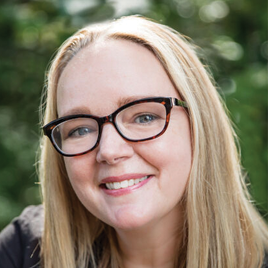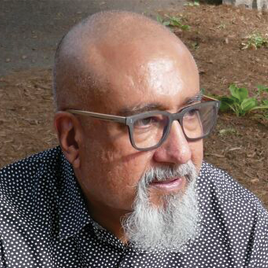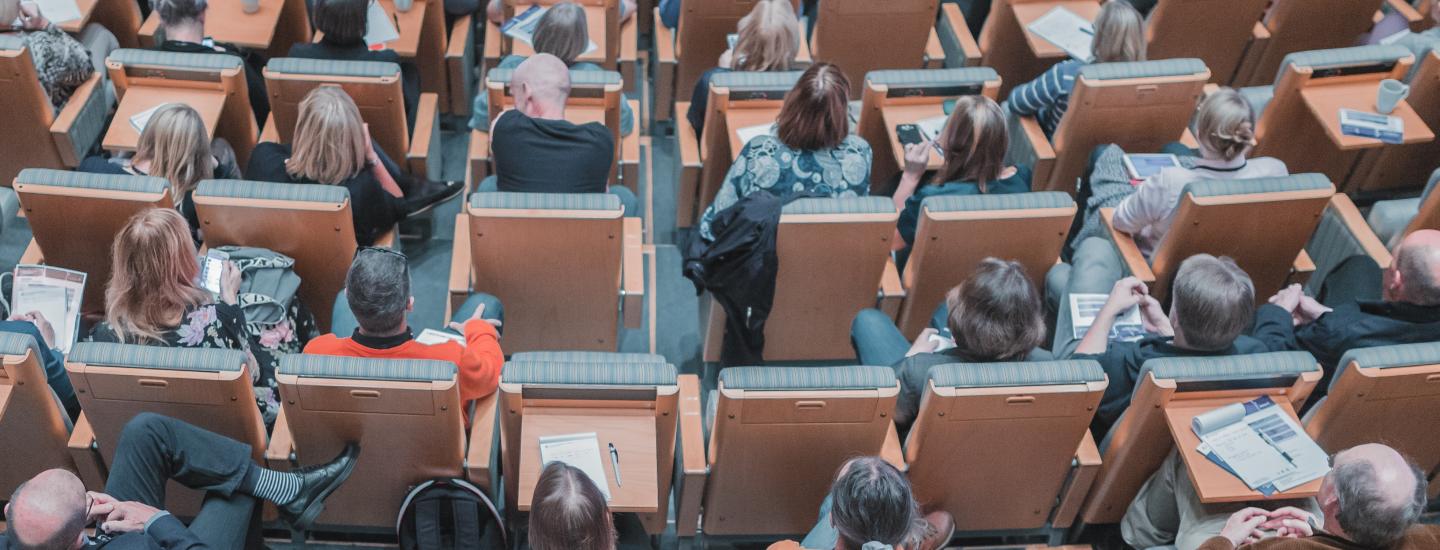
2020 has been an incredibly challenging year: social unrest and protests, the pandemic, authoritarian crackdowns, riots, environmental crises…the list goes on. It can all feel so new and unchartered. But is it? We sat down with SCS history instructor Nick Gunz, to discuss how analyzing past crises can inform our present and future.
SCS: Are the events and circumstance of 2020 really “unprecedented”?
Nick Gunz: Historians have a very high standard for this term! When most people say “unprecedented”, what they usually mean is “very surprising”. When historians say “unprecedented” they mean truly new. So, no, from a historical perspective 2020 is not unprecedented. We have faced most of these challenges multiple times throughout history. Of course, the events and circumstances are not exactly the same, but we have survived very similar challenges. History is like grief, it’s always different and yet always the same.
For example, pandemics are not new. We’ve lived through pandemics such as the Spanish flu in 1918. In fact, throughout history, there has been a crisis of some measure every 20-30 years. However, we have been living in a time of relative peace, so for many people everything that is happening right now seems unprecedented, when really we are just disconnected from events of our past.
SCS: How can we analyze crises from our past to inform smarter responses to present day challenges?
NG: I’ll start by saying that there are some things that we are doing right in regard to the pandemic; far fewer people are dying of COVID 19 than the Spanish flu. We have evolved from that experience and are far more prepared. We have evolved scientifically and economically. For example, we are working on vaccines, we aren’t experiencing mass famine, and our economic system is more resilient than in the past. We aren’t as shattered as we were back then.
That being said, there is so much we can learn from our past; history can be used to guide our present-day thinking and capacity to problem solve. It can show us what not to do, but also remind us of our unbelievable capacity to mobilize, take swift action, and respond to crises. For example, when WWII broke out in the UK in 1939, the government evacuated 1.5 million children out of the cities in two days.
Two days!
And when inevitable issues arose (such as children being placed with families who were not properly capable of hosting children), the Women’s Institute, which was essentially a social club with chapters in every UK village, created an entire system for monitoring, moving, and supporting these children, in only a few months. We are entirely capable of mobilizing in crisis, of making hard and bold choices to manage crisis. I think our government would benefit from analyzing past crisis situations; they can remind us what we can do.
SCS: What should we be asking of our leaders in times of crisis?
NG: I always hear politicians and policy makers say they are engaging with economists to help navigate government decisions and crises. This is great! However, economists, and public health officials for that matter, have one very specific kind of knowledge. While their domain of knowledge is important and helpful, we have historians, sociologists, epidemiologist in areas other than infectious disease, political scientists, and organizational behaviourists who have deep wells of understanding. But they aren’t being called upon. It’s just not a part of our current political world view. Often decisions are being made based on what seems “reasonable”, without a thorough understanding of historical contexts, lessons, opportunities, and warnings.
SCS: Talk to us about historical warnings.
NG: I like to compare historical lessons to being a heartbroken teenager; remember being a teen and having your heart broken for the first time, then someone older tells you it’s not that bad and you will be ok? What’s really happening is that the teen is feeling so intense because the experience is novel. But the older person is drawing on their historical knowledge to say, “you will survive, and this won’t last forever”. History is that older person. It can provide us with a sense of hope and encourage us to be resilient.
But history can also warn us when something is really dangerous. Back to our analogy, maybe our teen is dating someone who their elder can see is, you know, a schmuck who treats them badly. That elder warns the teen that their partner is bad news. The older person has seen similar situations and is drawing upon judgements and examples from their past. Listening to history is listening to that elder and heading their advice.
SCS: What is history telling us right now?
NG: There are things that are happening today that history is trying to warn us about. I am very afraid about certain patterns we are seeing. I’m worried American democracy is at serious risk of collapse. History shows us the risk of serious repercussions here. I’m also incredibly concerned about climate change, because this is a threat we have never faced before. Period. It’s totally new to human civilization. That said, history also tells us that we have met, and can meet, problems on a similar scale to climate change. History tells us that there are things we can and should do about COVID, but there are things we simply HAVE to do about climate change.
SCS: It’s easy to feel helpless under the enormity of the challenges we are facing. What can we do to demand effective and history-informed responses to crises?
NG: We need to hold our leadership to a higher standard. We must demand that political games be put aside and that our leaders act collectively to solve problems and guide society forward. We also need to hold the media to a higher standard. Our media need to be asking better, bigger picture questions. If every person demands this, things will change.
SCS: What can we learn from 2020?
NG: When darkness comes into the world, it’s an opportunity for light. We have seen this throughout history. When hardship surrounds us, we have an opportunity for heroism. Fear gives us a chance to be courageous. Difficulty and strife can spur deep compassion and connection. We are in crises our planet hasn’t seen for quite a while. That means our generation has chances big and small, that haven’t existed for a while, to be heroes.
Nicholas is a naval and intelligence historian, specialising on the link between intelligence analysis and military strategy. He did his undergraduate work at the University of Toronto before going on to graduate work at Corpus Christi College, Cambridge. Prior to returning to Toronto to teach at U of T, he spent several years teaching undergraduates at the University of Cambridge and at Yale.















